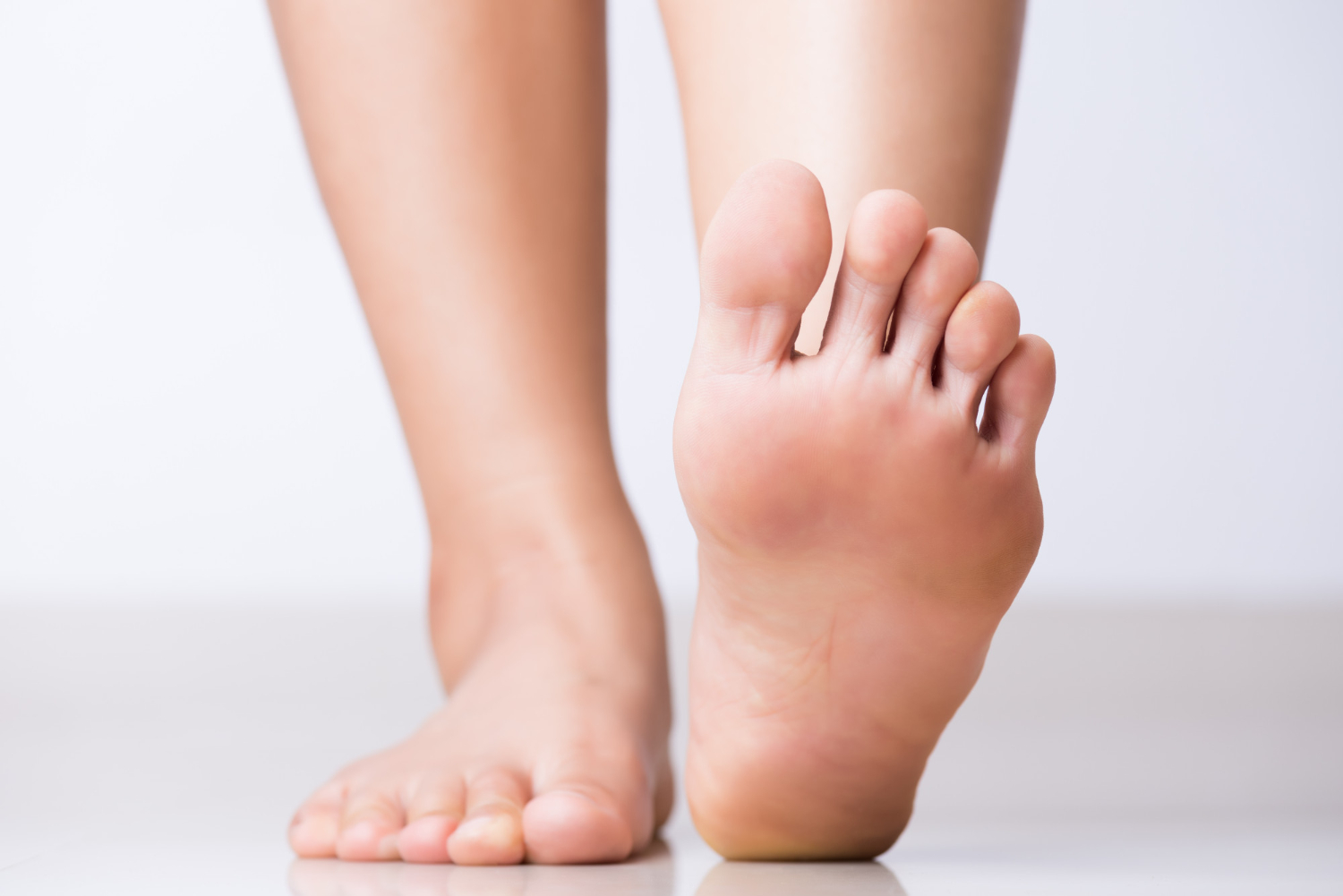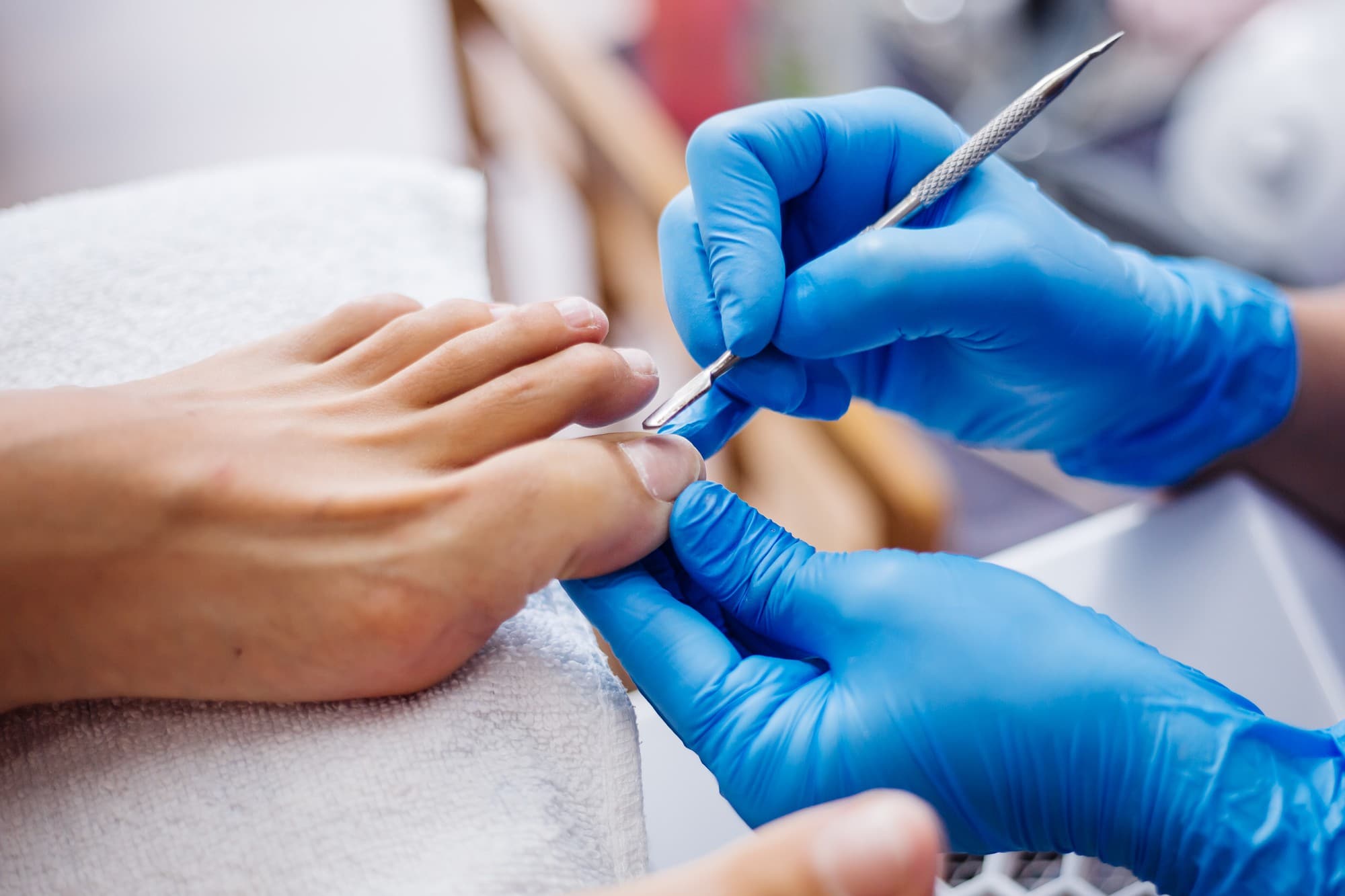
Corns And Calluses
- Featured
Featured
-
 Corns and callusesSeed Corn On Foot: Causes & Management
Corns and callusesSeed Corn On Foot: Causes & Management
Frequently Asked Questions
Two common foot conditions that can be painful and uncomfortable are calluses and corns. These conditions are brought on by pressure or friction, which causes the skin on your feet to thicken and harden.
The sign and symptoms of corns and calluses depends on the severity, like:
- Skin that is thick and hard: Calluses and corns on the feet often resemble patches of thick, hardened skin.
- Pain or tenderness: Corns and calluses can be painful or tender to the touch, particularly if they are found on pressure points on the feet.
- Dry, flaky skin: Corns and calluses can have a dry, flaky appearance on the outside.
- Raised bump: Corns can appear on the skin as a raised bump, whereas calluses are usually flat.
- Change in Color: Calluses may be more or less pigmented than the epidermis around them.
Wearing appropriate footwear: It includes fitting shoes with enough padding to prevent corns and calluses from forming.
Soaking and exfoliating: Corns and calluses can be made thinner by soaking your feet in warm water and exfoliating the skin with a pumice stone or foot file.
Prescription medications: Your doctor may prescribe medication like Ointments and creams to help reduce the thickness of corns and calluses.
Excess skin surgical removal: The surgeon will remove the excruciatingly thickened skin during the procedure.
Callus-removal medication: A 40% salicylic acid patch can be used to remove Calluses.
It is much easier to avoid corns and calluses than it is to treat them. Here are some preventative measures for corns and calluses:
- Protect your feet with proper socks
- Healthy weight
- Wear appropriate footwear
- Maintain good foot hygiene
In some cases, complications from corns and calluses can occur. If left untreated, they can lead to:
- Infection: causing inflammation, bulge or even cause infection like pustule.
- Ulceration: development of an ulcer beneath the tough epidermis which can be painful.
- Nerve damage: A corn on a nerve can cause nerve damage, resulting in numbness or tingling in the affected area.
- Pain: One may experience escalating pain before developing a prolonged secondary illness, that may be followed by pus-filled calluses.















